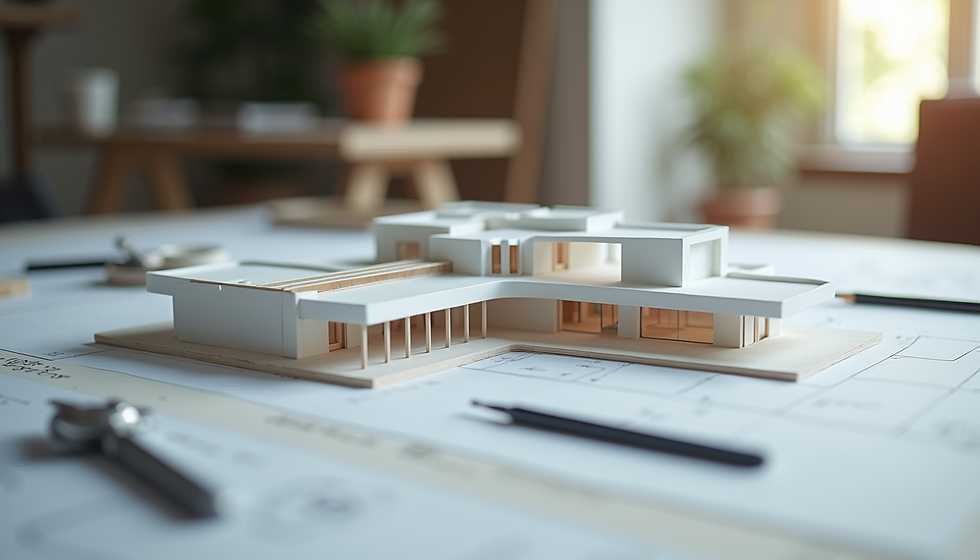The Rise of AI-Driven Architecture: Spotlight on Studio Tim Fu
- Mathew Kaplan
- Mar 28
- 3 min read
March 21, 2025

In the rapidly evolving landscape of architectural design, artificial intelligence has emerged as a transformative force, reshaping how spaces are conceived, developed, and experienced. At the forefront of this revolution stands Studio Tim Fu, an innovative architectural practice that has garnered attention for its pioneering approach to AI-integrated design solutions.
Merging Technology with Tradition
Studio Tim Fu represents a new generation of architectural thinkers who view AI not as a replacement for human creativity, but as an enhancement tool that expands the possibilities of design. Founded by Tim Fu, whose background bridges computer science and architectural design, the studio has developed a unique methodology that leverages machine learning algorithms to address complex design challenges while maintaining a human-centered approach.
"Architecture has always been a discipline that balances art and science," notes industry analyst Maya Rodriguez. "What Studio Tim Fu has accomplished is finding that sweet spot where computational power amplifies human ingenuity rather than diminishing it."
Redefining Hospitality Spaces
The studio has made significant inroads in hospitality design, where experiential qualities are paramount. By utilizing AI to analyze vast datasets on human behavior, environmental factors, and spatial dynamics, Studio Tim Fu creates environments that adapt to guests' needs with unprecedented precision.
Their recent projects showcase spaces that respond to occupancy patterns, adjust lighting based on natural circadian rhythms, and optimize acoustic properties in real-time. These "intelligent environments" represent a paradigm shift in how we think about hospitality design—moving from static spaces to responsive ecosystems.
Sustainability Through Intelligence
Perhaps most impressive is the studio's commitment to sustainability. By employing AI to model energy usage, material lifecycle, and environmental impact, their designs achieve remarkable efficiency without compromising aesthetic quality or comfort.
"We're seeing a reduction of up to 40% in energy consumption in buildings designed with these AI-assisted methods," explains environmental engineer Dr. Aaron Chen. "The ability to simulate thousands of design iterations and their respective impacts before breaking ground represents a quantum leap for sustainable architecture."
The Collaborative Future
While some traditionalists express concern about technology's encroachment on architectural practice, Studio Tim Fu demonstrates that the most successful approach is collaborative. Their design process involves continuous dialogue between human designers and AI systems, with each informing and enhancing the other.
This symbiotic relationship extends to client engagement as well. The studio's proprietary visualization tools allow clients to experience and provide feedback on spaces before they're built, creating a more democratic and participatory design process.
Looking Ahead
As architecture continues to evolve in the digital age, firms like Studio Tim Fu offer a compelling vision of what's possible when tradition and innovation converge. Their work challenges us to reconsider not only how we design buildings but also how we inhabit them.
"The buildings of tomorrow won't just be structures we occupy," says Fu in one of his recent interviews. "They'll be environments that understand us, respond to us, and grow with us."
For hospitality designers, developers, and forward-thinking clients, this AI-driven approach represents not just a technological advancement but a fundamental rethinking of the relationship between people and space—a relationship that has always been at the heart of great architecture.
This blog post is based on publicly available information about trends in AI architecture. For the most current and specific information about Studio Tim Fu, please refer to the original article in Hospitality Design magazine.




Comments